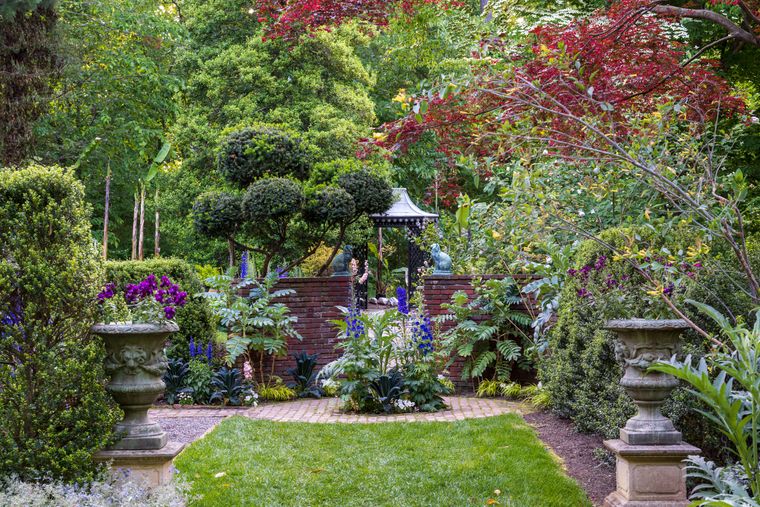
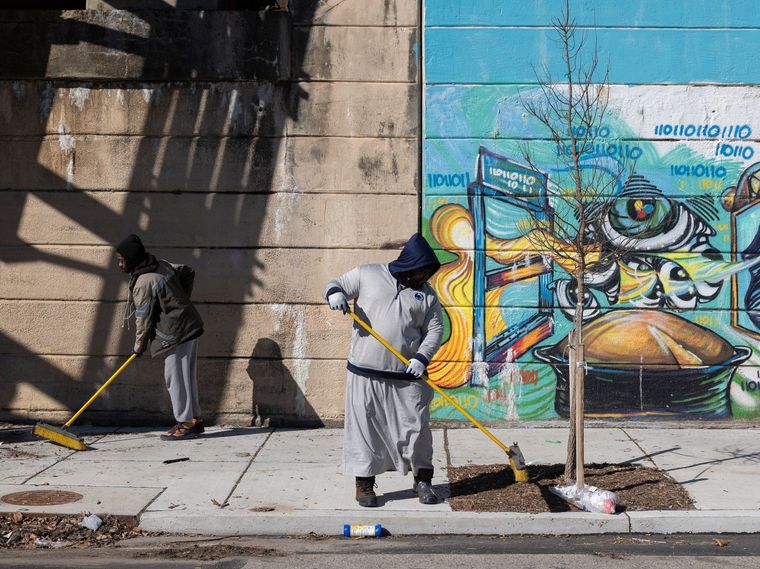
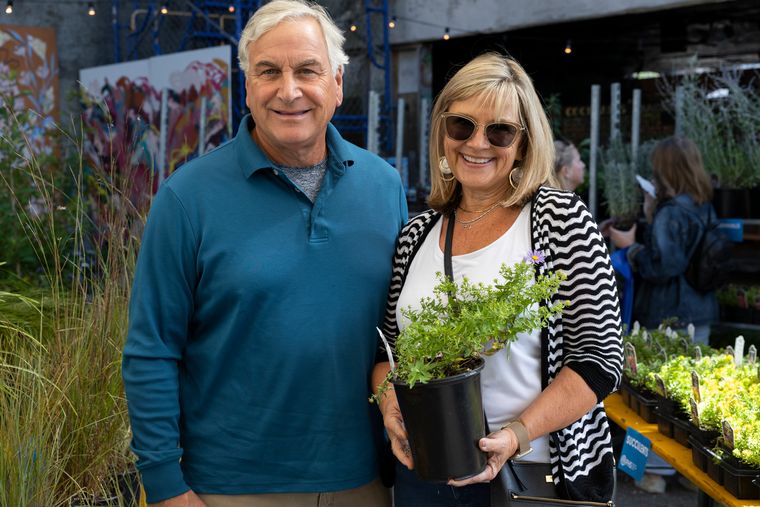
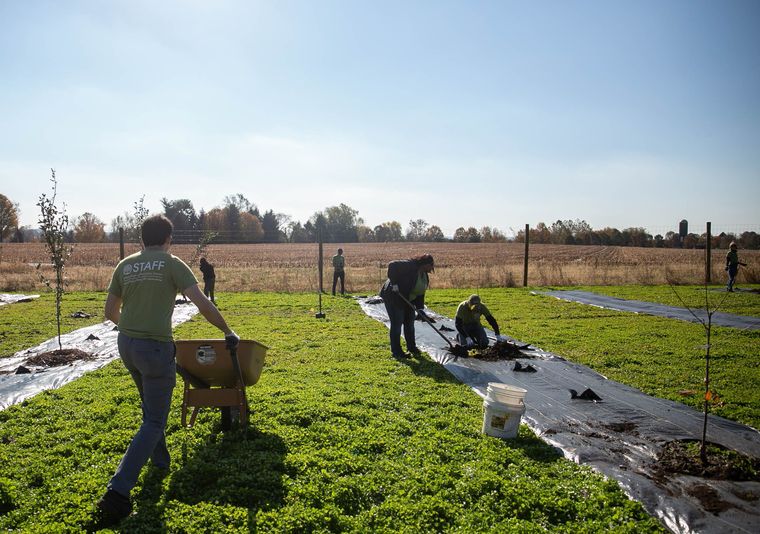
Composting Leaves: How to Turn Fall Foliage into Garden Gold
gardening projects
seasonal tips
sustainable gardening
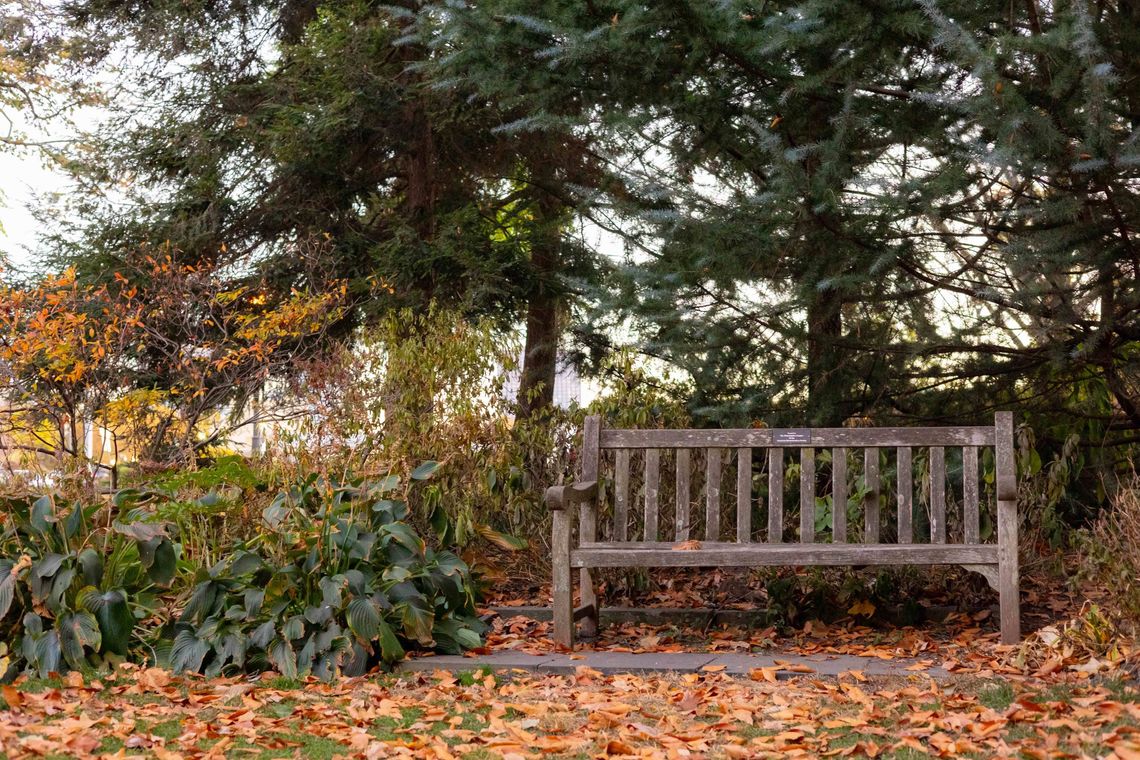
By Sally McCabe, Associate Director of Community Education, Pennsylvania Horticultural Society
Autumn leaves are beautiful, but what do you do with the endless piles that accumulate in your yard? While it’s tempting to bag them up and send them to the landfill, you’d be missing a golden opportunity. Composting leaves is one of the most sustainable ways to recycle nature’s abundance.
When you learn how to compost leaves, you can transform what seems like yard waste into a free, nutrient-rich soil amendment that enhances your garden’s health and structure. Composting with leaves reduces waste, enriches your garden beds, and supports a thriving ecosystem right in your backyard.
Love learning about composting and garden care? Join PHS for free Know to Grow webinars, member discounts, and exclusive events.
Mulch, Compost, and Soil Health
One of the easiest ways to put fallen leaves to work immediately is by using them as mulch. A layer of shredded leaves helps soil retain moisture, regulate temperature, and suppress weeds — all while nurturing earthworms and beneficial microorganisms.
Quick tip: Rake your leaves into a thin pile and run over them with a mower to shred them. Spread a 2- to 3-inch layer around perennials, trees, and shrubs, keeping the mulch a few inches from stems to prevent rot.
As these leaves decompose, they release essential minerals drawn up from deep in the soil, naturally improving soil fertility, insulation, and texture.
The Curbside Bounty: Proceed with Caution
Many gardeners overlook a free resource — bagged curbside leaves. Municipalities often send these to landfills, but they can be an excellent source of carbon-rich material for composting with leaves.
Before collecting, follow a few smart precautions:
- Avoid trash and contaminants: Choose clear bags so you can see the leaf type and ensure they’re free from litter.
- Skip diseased leaves: Avoid leaves with black spots or fungal growth, which can spread disease.
- Select the right types: Steer clear of black walnut leaves, which contain juglone, a compound that can inhibit plant growth. Pine needles are best used for paths, not compost piles, due to their acidity.
This careful selection ensures you’re adding only clean, healthy material to your compost pile.
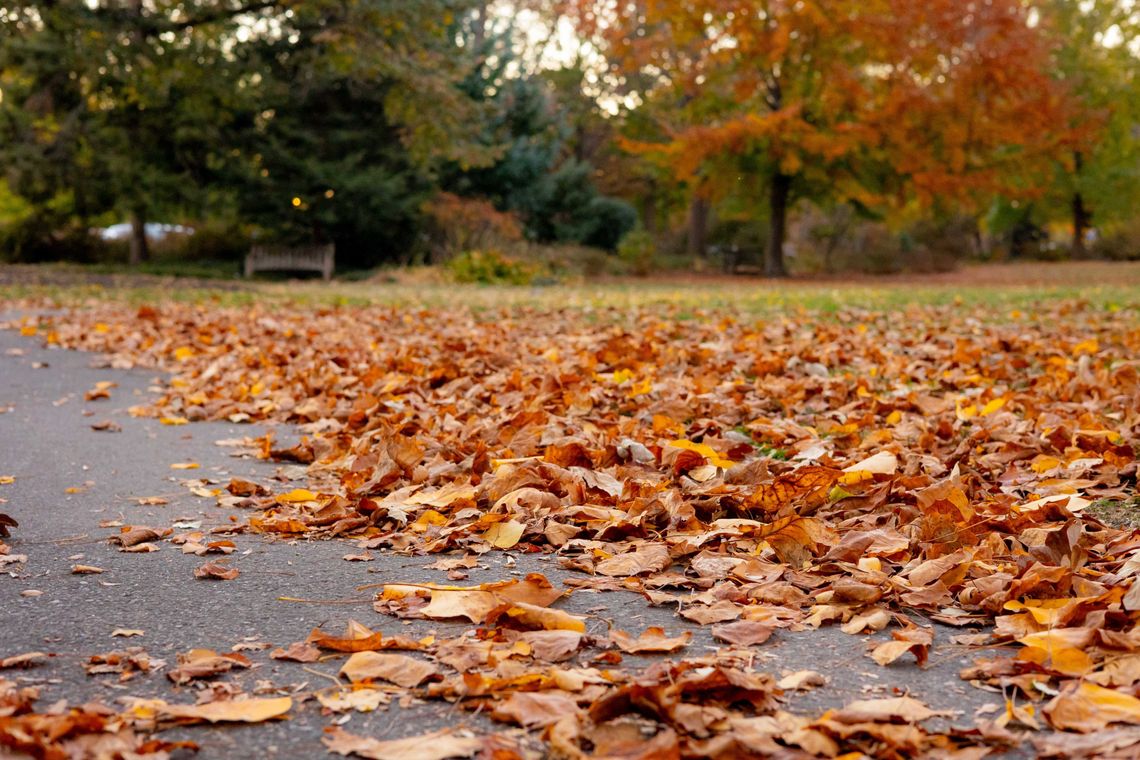
Why Composting with Leaves Works
Leaves are a gardener's best friend because they are the perfect "brown" material, rich in carbon, that every compost pile needs. Browns must be balanced with nitrogen-rich "greens," such as kitchen scraps and grass clippings. Most of us easily provide greens, but the browns are often in short supply.
When you compost leaves, you are not just getting rid of yard waste; you are creating a nutrient-dense material that dramatically improves soil structure, aeration, and water retention. Leaves are a valuable resource, not waste, as they recycle essential minerals back into your garden.
How to Compost Leaves: Tips for Faster Results
Want to know how to compost leaves efficiently? These steps will help your pile break down faster and more evenly:
- Shred your leaves: Smaller pieces decompose much faster. Use a mower, leaf shredder, or vacuum.
- Balance greens and browns: Aim for three parts shredded leaves (browns) to one part greens (like kitchen scraps or grass clippings).
- Layer properly: Alternate layers of browns and greens to ensure airflow and even breakdown. A 3’x3’x3’ bin is ideal.
- Maintain moisture: Your compost pile should feel like a wrung-out sponge. Add water if it’s too dry.
- Add compost starters: Mix in a handful of finished compost or garden soil to introduce beneficial microorganisms.
- Know when it’s ready: Finished compost will be dark, crumbly, and earthy-smelling, with no recognizable leaf pieces.
Your finished leaf compost can then be worked directly into garden beds or used as a nutrient-rich mulch.
Benefits of Composting Leaves
The leaves you collected and composted in the fall will reward you come spring:
- Soil enrichment: Mix shredded leaves directly into garden beds to improve drainage, aeration, and soil structure. This is especially effective in heavy clay or sandy soils.
- Winter protection: Use bags of dry leaves to insulate tender plants or young trees. In spring, reuse the same leaves as “browns” in your compost pile.
By investing time in composting leaves each autumn, you create healthier soil, stronger plants, and a more resilient garden — all while keeping valuable organic matter out of landfills.
Instead of discarding your fall leaves, turn them into a resource your garden will love. Composting with leaves is a simple, cost-effective way to create a sustainable cycle of renewal and provide your soil with the nutrition and structure it needs to thrive all year long.


